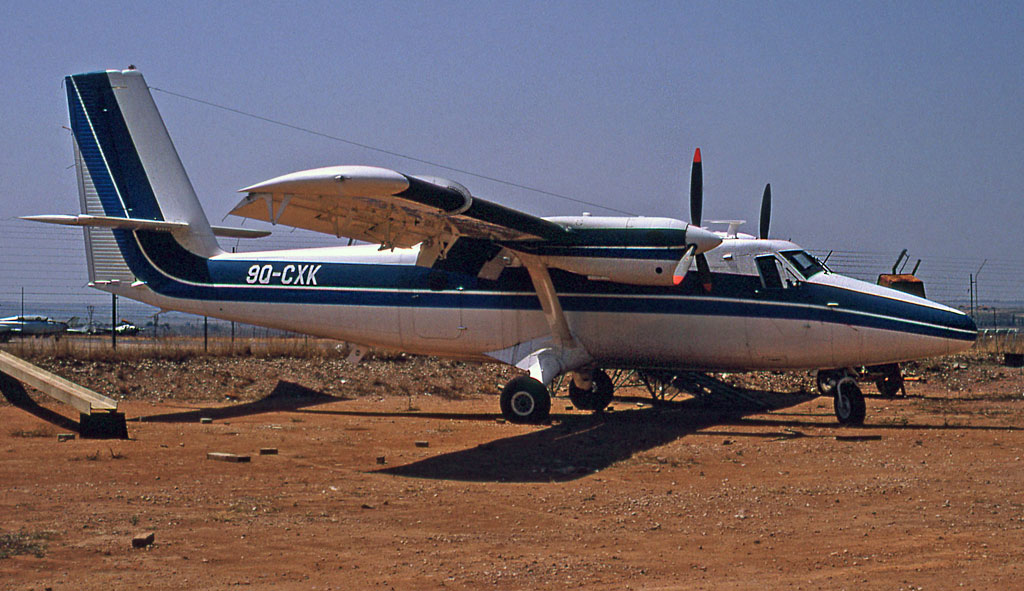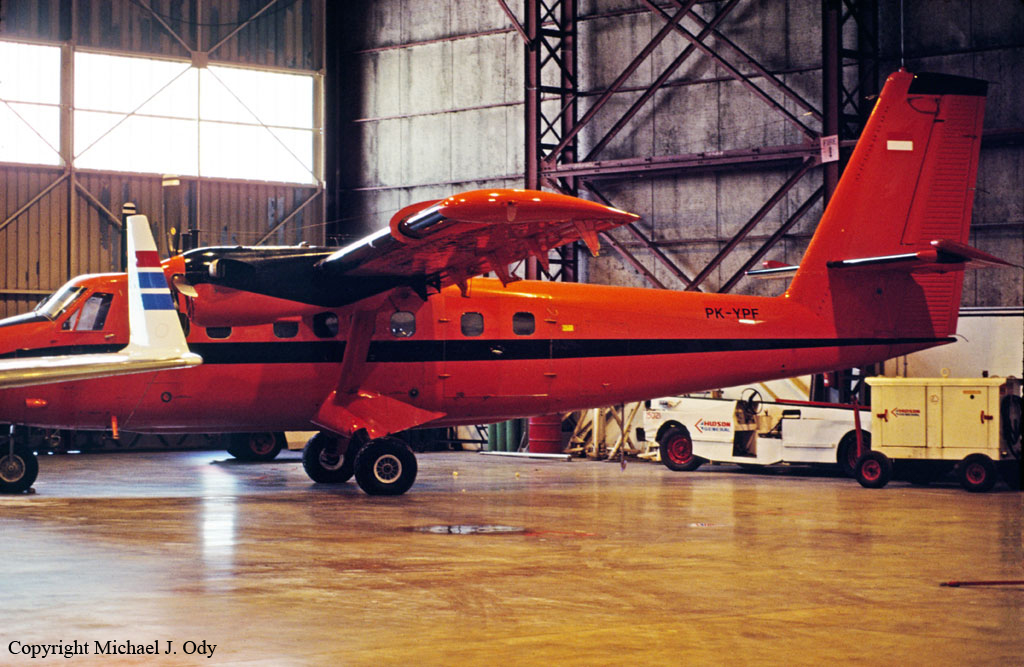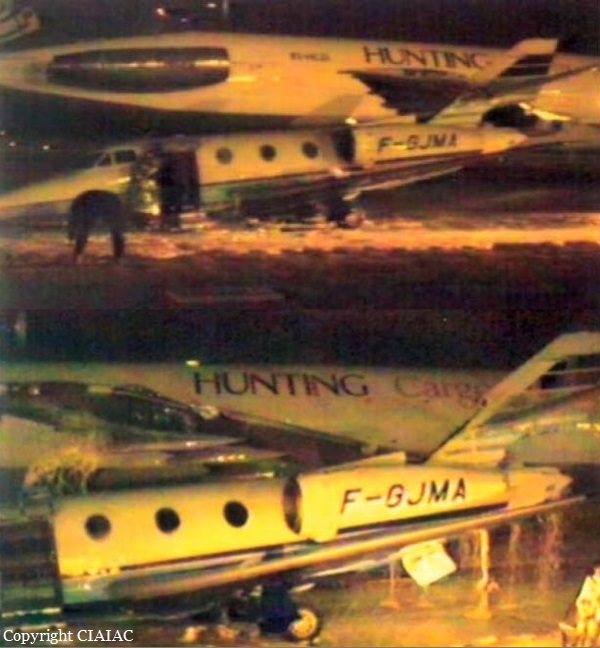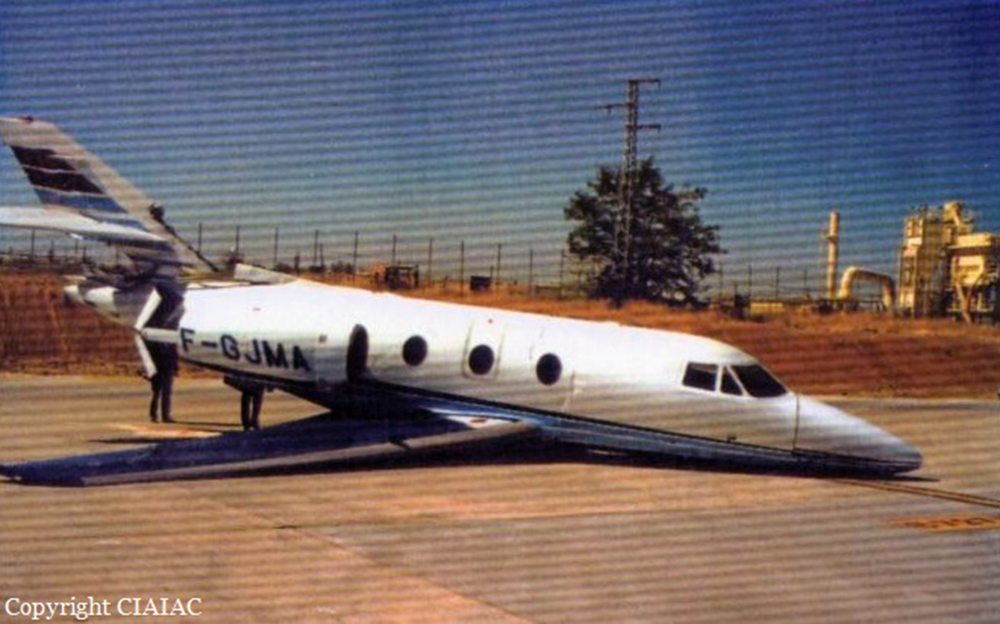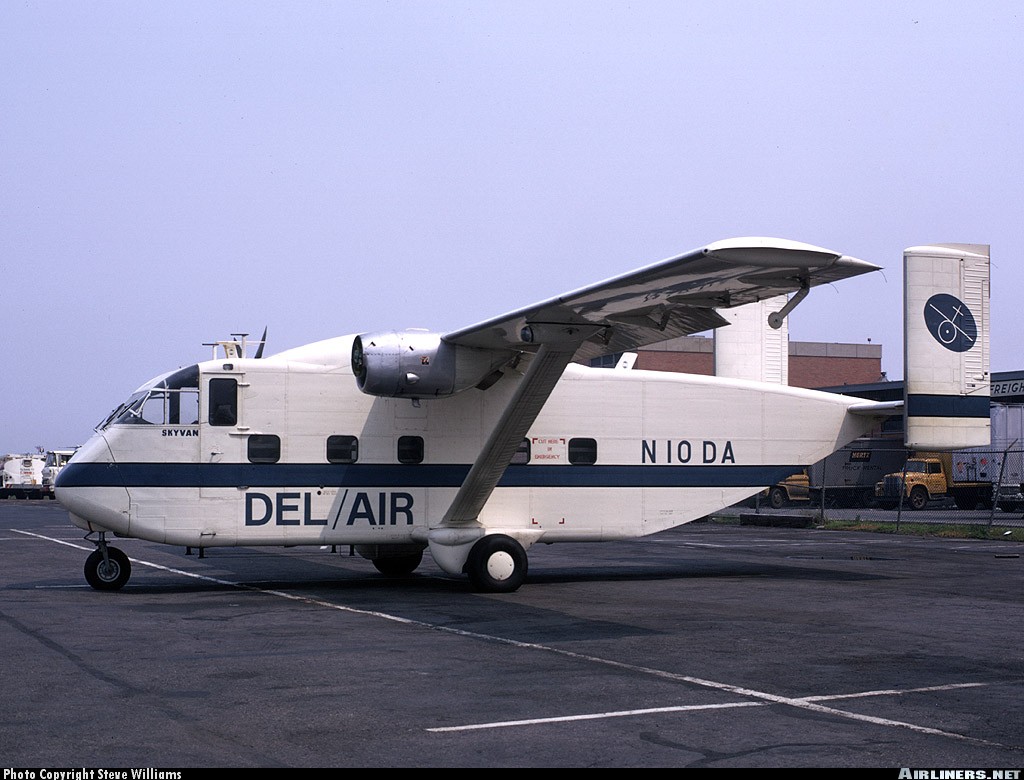Crash of a De Havilland DHC-6 Twin Otter 100 in Kahemba: 6 killed
Date & Time:
Oct 3, 1996
Registration:
9Q-CXK
Survivors:
Yes
Schedule:
Kahemba - Kikwit
MSN:
74
YOM:
1967
Crew on board:
2
Crew fatalities:
Pax on board:
19
Pax fatalities:
Other fatalities:
Total fatalities:
6
Circumstances:
Shortly after takeoff, while in initial climb, the aircraft stalled and crashed near the runway end. Both pilots and four passengers were killed while 15 other occupants were injured.
